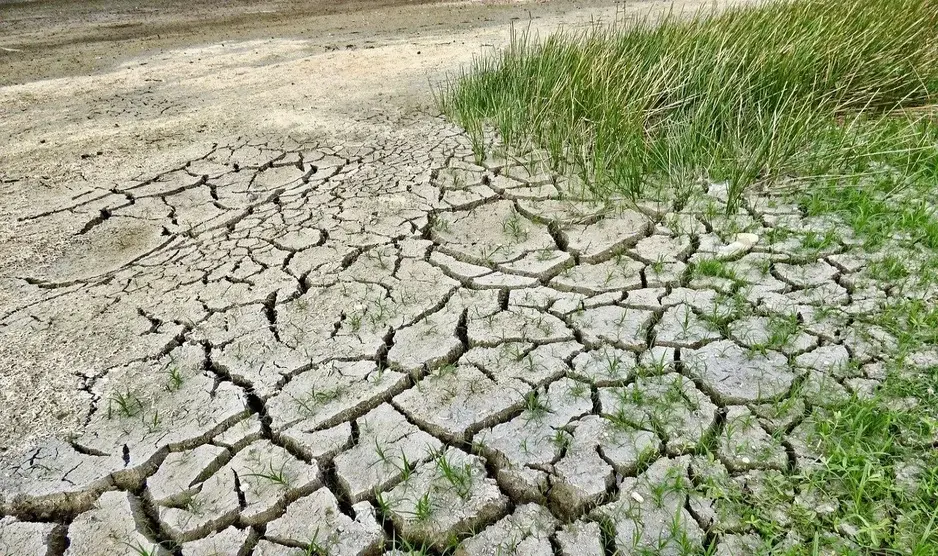
Deforestation is the permanent clearing and repurposing of land that was once a forest. There are many reasons why an area may experience deforestation, such as logging or urban expansion. To understand deforestation, it helps to distinguish between a secondary forest and a primary one. A primary forest is one that has reached maturity. These areas are filled with flora and fauna, and are extremely rich in biological diversity. Secondary forests, on the other hand, are those that have been disturbed. For example, a secondary forest could be an area that is recovering from being used for cattle grazing or other human activity, or one that is presently being destroyed. Both of these are different from areas with tree cover, a category that includes other areas covered by trees, including local parks and Christmas tree farms.

One of the most dangerous and unsettling effects of deforestation is the loss of animal and plant species due to their loss of habitat. 70% of land animals and plant species live in forests. Not only does deforestation threaten species known to us, but also those unknown. The trees of the rainforest that provide shelter for some species also provide the canopy that regulates the temperature. Deforestation results in a more drastic temperature variation from day to night, much like a desert, which could prove fatal for many inhabitants.

In addition to the loss of habitat, the lack of trees also allows a greater amount of greenhouse gases to be released into the atmosphere. Healthy forests absorb carbon dioxide from the atmosphere, acting as valuable carbon sinks. Deforested areas lose that ability and release more carbon.
Trees also help to control the level of water in the atmosphere by helping to regulate the water cycle. One of the most important forests for regulating water cycles across the planet is the Amazon rainforest. Its millions of trees work together to release moisture into the air, creating atmospheric "rivers" that regulate Earth's weather patterns. In deforested areas, there is less water in the air to be returned to the soil. This then causes dryer soil and the inability to grow crops.
Further effects of deforestation include soil erosion and coastal flooding. Trees help the land to retain water and topsoil, which provides the rich nutrients to sustain additional forest life.